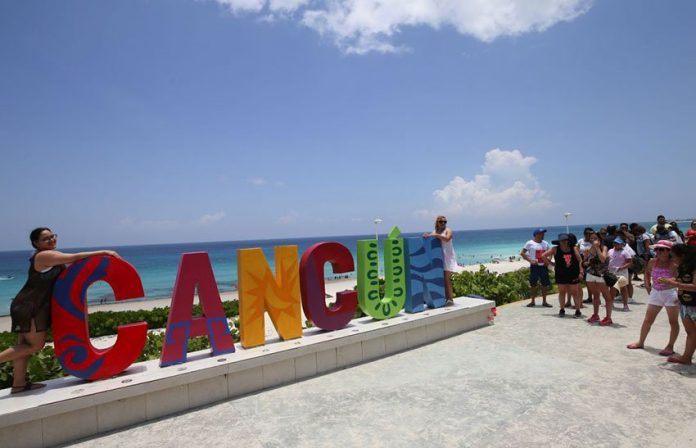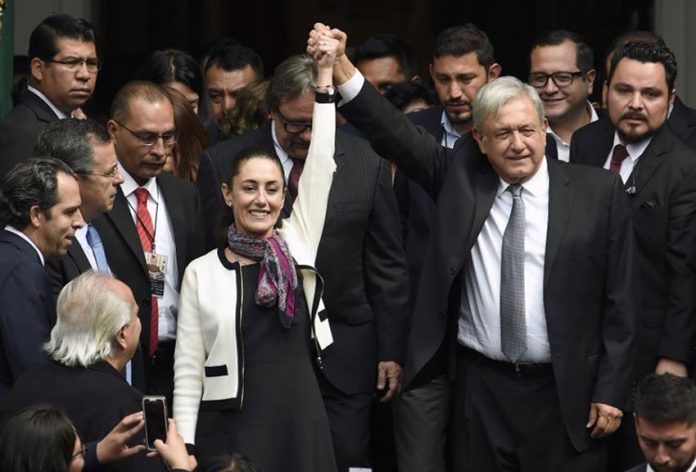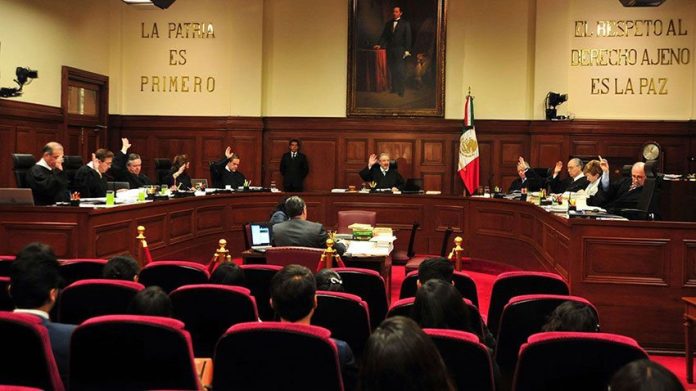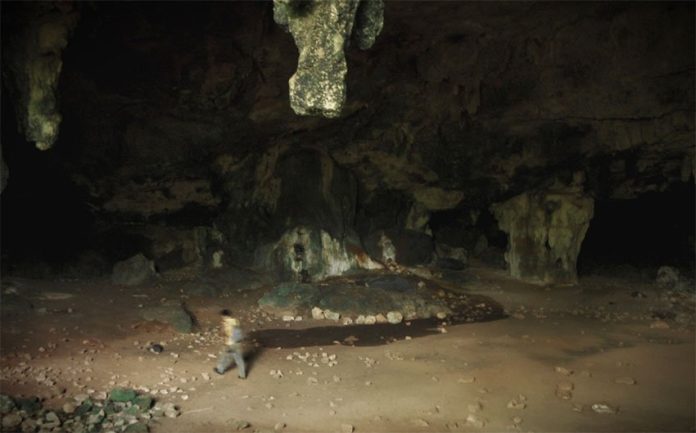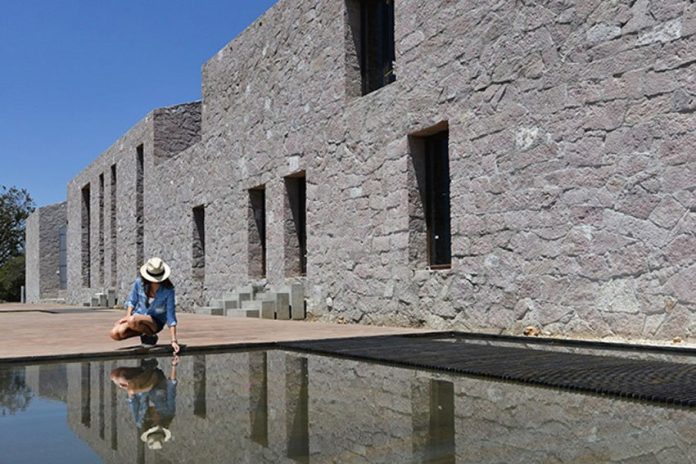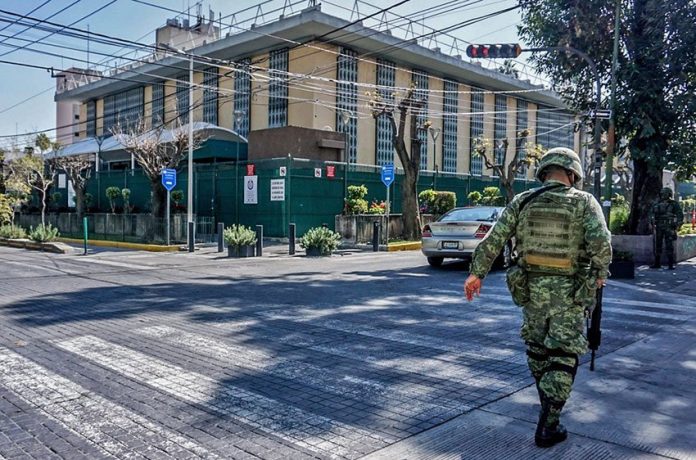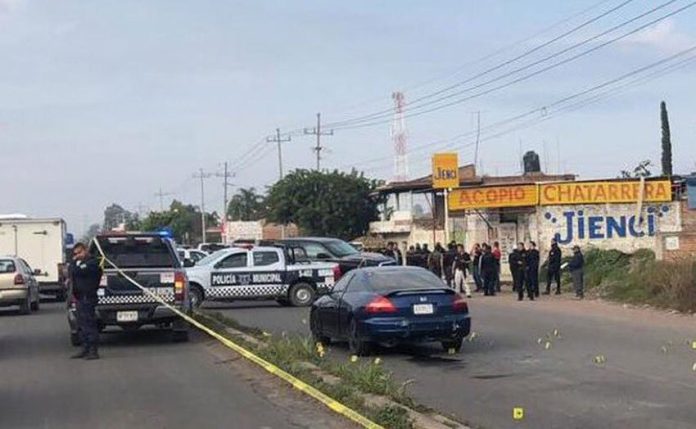Cancún remains one of the world’s top tourism destinations, a new report shows, although there are growing local concerns about insecurity.
The Quintana Roo resort city was ranked 35th in the report Top 100 City Destinations 2018 completed by the market research company Euromonitor International.
While Cancún’s position on the list – which is based on 2017 arrivals – slid two places compared to last year’s report, the number of arrivals in 2017 still increased by 3.6% compared to the year before. And visitor numbers are forecast to grow again this year by 3.8% to a total of almost 6.3 million.
Cancún is the fifth most visited city destination in the Americas behind four United States cities, and No. 1 in Latin America.
The only other Mexican city in the top 100 is Mexico City, which ranked 88th with just over 2.4 million visitors last year. Hong Kong, Bangkok and London took the top three places.
“One factor in Cancún’s slight decline in the rankings is due to the fact that nearby destinations such as Cozumel and Playa del Carmen performed excellently . . . recording double-digit [percentage] increases in the number of arrivals,” Euromonitor analyst Amanda Bourlier told the newspaper El Financiero.
She added that insecurity in the Caribbean coast city had not appeared to deter many tourists.
“It’s possible that security problems could be detrimental to the growth in arrivals in Cancún but so far we have seen a very limited impact. If the security situation were to worsen, a corresponding decrease . . . would be expected,” Bourlier said.
While tourists continue to arrive in Cancún in greater numbers, residents’ perception of insecurity is also on the rise.
The most recent National Survey on Urban Public Security, released by statistics institute Inegi in October, shows that 92.8% of Cancún residents consider their city an unsafe place to live.
Higher percentages were only recorded among residents of Ecatepec, México state; Villahermosa, Tabasco; and Reynosa, Tamaulipas.
A year ago, results of the same Inegi survey showed that 81% of Cancún residents said they felt unsafe.
The United States Department of State issued a travel warning for Cancún in August 2017 but lifted its restriction on the tourism hotspot in January.
In October, former president Enrique Peña Nieto inaugurated a new military police base just north of the city in which around 3,000 police and their families will be based.
At the time, Quintana Roo Governor Carlos Joaquín González said he hoped the new base would help authorities to get on top of the violent crime that has plagued Cancún in recent years.
Source: El Financiero (sp)
